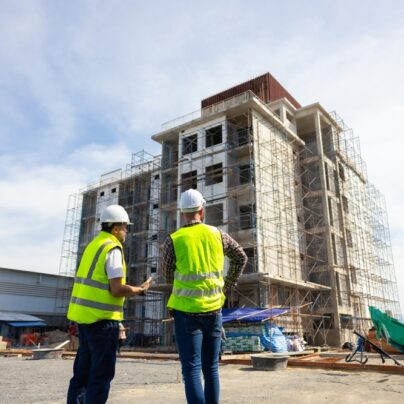Fractured bones, lacerated body parts, and crushed digits are just some of the workplace injuries that bring back litany of horror memories from the grim Victorian world of Oliver Twist.
Though workplace injuries have continually been addressed and minimised in recent times, the tragic reality is that workplace injuries related to ignorance and lack of following proper safety measures continue to happen in the 21st century.
Many businesses follow the capitalist model, they want to produce more, make more money and thus some resort to short cuts to try and achieve their goals at the expense of the employees’ safety. For purposes of clarification, there is absolutely nothing wrong with capitalism.
In fact, I strongly believe it is the best model for development. However, when human beings get greedy and want to acquire more profits at the expense of others, that is when the problem comes in.
A Practical Example
Recently, according to a press release on Health and Safety Executive (HSE) UK, a Burnley Bakery has been fined £1,000 and also ordered to pay £5,002 in prosecution fees after pleading guilty to breach of use and provision of Work Equipment Regulations 1998. The bakery allegedly failed to prevent access to a dangerous part of the paste making machine.
Burnley Bakery appeared in court after a former employee pressed charges against the company for having lost the tip of his two fingers to the paste making machine. Tayyabah Bakery Ltd. was prosecuted on 20th February, 2014 by the HSE after investigations proved that a metal guard that was supposed to protect the machine user had been removed to allow employees to add fillings to the machine without having to stop it first.
The unlucky 35-year old man from Blackburn had his right hand finger tips chopped off by the raging machine pistons as he was adding more cheese and onion mixture to the running machine on 7th September, 2012. The injury had him laid off for more than a year since he was not able to do any manual work.
HSE’s investigation also found out that the machine had initially been fitted with a metal guard during its purchase but the bakery had it removed so that they could increase their production speed by creating a 12 cm by 30 cm gap that allowed their employees to add fillings without having to lift the lid or switch of the machine.
David Myrtle, an HSE inspector, speaking after the hearing said that the injury suffered by the employee had a significant negative impact on his life, but the injuries would even have been worse had the machine been fitted with the larger pistons, as they did on some days.
David also added that machine was entirely safe when it was bought and installed but the company’s effort to speed up production by overriding safety measures had exposed employees to avoidable and unacceptable risks.
Simple Tips to Avoid such Injuries
To start with, companies and businesses alike should always ensure the rotating and moving machine parts are well guarded. Many modern machines come with pre-installed machine guards and thus frequent inspections to ensure that the guards are working correctly should be done.
The need to increase production by modifying equipments is always a temptation, which should be avoided at all cost. Companies also have to regularly remind and educate their employees on dangers of operating on a moving machine.
Need Help Identifying and Reducing Work Related Injuries?
They say protection is better than cure. Don’t wait until a workplace injury happens. Get expert inspection and advice on how to make your workplace more injury proof. Call us today on 0800 1488 677 and receive excellent advice from our experienced health and safety consultants.


